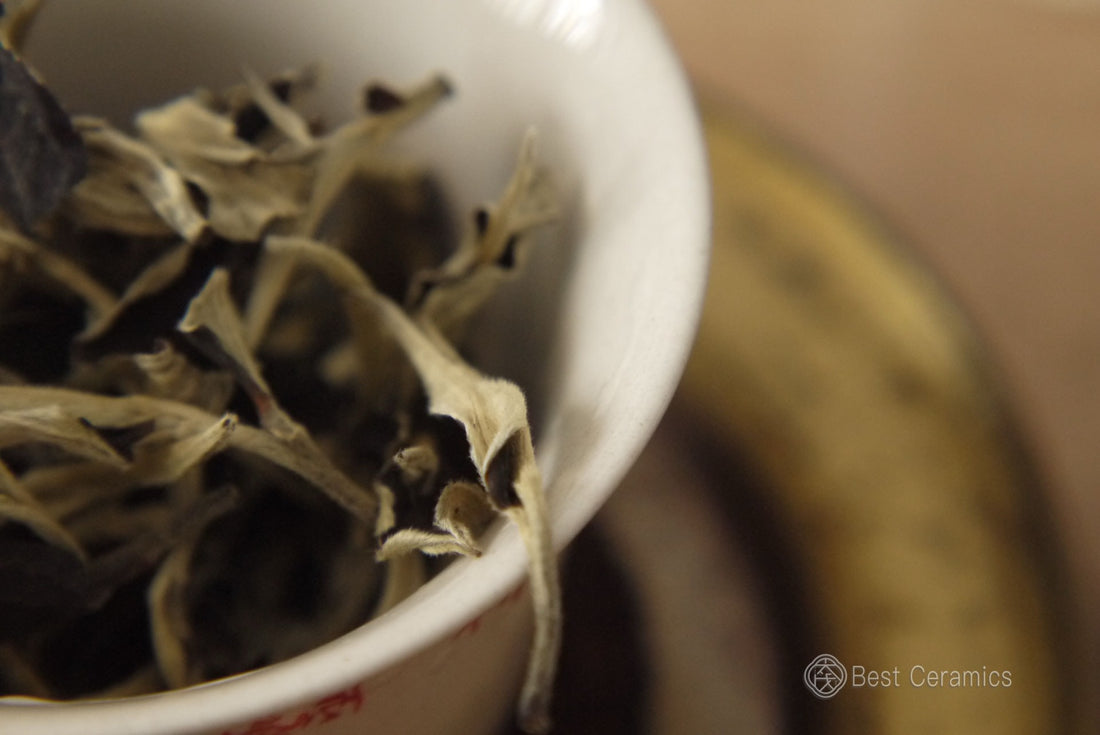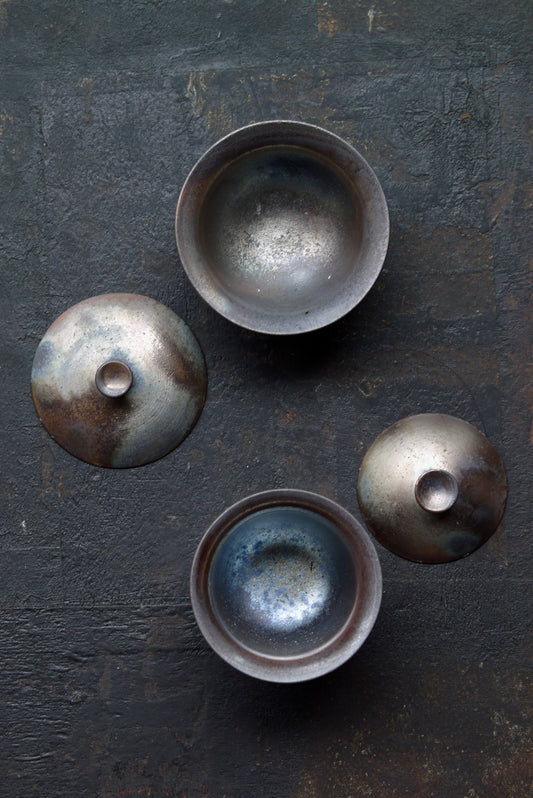
How Is White Tea Made?
YuanKevinShare
White tea is produced through one of the most natural processes in tea production. Freshly picked tea leaves are thinly spread out on bamboo mats and left to wither naturally under mild sunlight or in a well-ventilated indoor space. When the leaves are about 70-80% dried, they are gently baked over low heat to preserve their natural flavors. This minimalistic approach to processing allows the tea to retain its original quality.
For Silver Needle white tea, the leaves are typically single buds processed using traditional white tea methods. Generally, white tea is made from the tender buds and leaves of tea plants such as Fuding Da Bai, Fuding Da Hao, Zhenghe Da Bai, and Fuan Da Bai, resulting in White Peony or New White Tea. When using the one-bud-two-leaf standard from Cai Cha, the final product is known as Gong Mei, while leaves left after bud selection are used to make Shou Mei.
The production of white tea involves two main steps: withering and drying, with withering being the most critical. Withering can be done naturally indoors, through a combination of methods, or with added heat, depending on the climate. The ideal conditions for withering are during sunny spring or fall days, or in summer when it's not too hot. After withering, the leaves are sifted to remove stems, large leaves, and other impurities, and are then gently baked to blend the natural tea aroma with a subtle fire scent. The final dried tea should have a moisture content of 4-5%, and it is packed while still warm.
White tea’s processing is unique in that it neither destroys enzyme activity nor promotes oxidation, maintaining the tea’s fine aroma and fresh taste. Harvesting of white tea emphasizes early, tender, frequent, and clean picking, ensuring the leaves are intact, uniform in size, and handled with care. During withering, the leaves are evenly spread on bamboo trays and should not be disturbed. Depending on the climate, the appropriate withering method is chosen, and once the leaves are 70-80% dry, they undergo sifting and drying.
For storage, the dried tea leaves’ moisture content should be kept below 5%, and they are stored in a cold room at temperatures between 1-5°C. After removing them from storage, they should be left for three hours before packaging to ensure the best quality.
White tea is characterized by its silvery white hairs, giving it a delicate and refined appearance. The tea buds are plump, and when brewed, the tea liquor is bright yellow with a fresh and mellow taste. Notable varieties include Silver Needle, White Peony, Gong Mei, and Shou Mei. Silver Needle, in particular, is prized for its straight, needle-like shape and beautiful appearance, producing a light yellow, refreshing tea with a lingering aftertaste.








